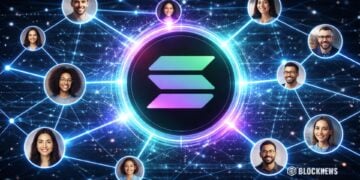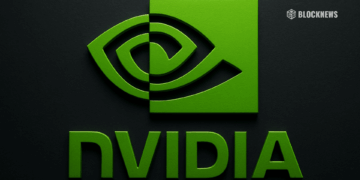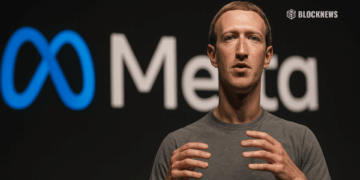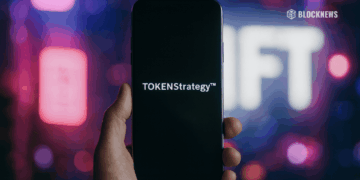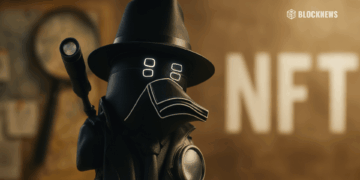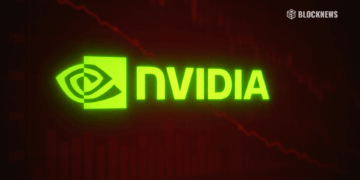Records, tapes, CDs, and streaming services profoundly impacted how music is created and distributed. Today the rise of NFTs is driving a new genre of music, changing how it is produced and consumed. NFT use cases connected to the music industry are increasing in quantity and popularity. Prominent examples include democratizing song copyright royalties and blockchain licensing to established companies like Sony Entertainment – which submitted patents for music authenticated by nonfungible tokens (NFTs). Web3 appears to be influencing the entire music industry, from pop music to more conventional genres like opera.
Music Industry Convergence with Web3
Albums and songs released as NFTs are emerging on Twitter, resulting in the growth of what can be considered a unique subgenre of NFT music. This article highlights three top projects in producing this new music genre. At the time of writing, pop and electronic dance music (EDM) have the highest popularity among fans. For example, Sammy Arriaga, an NFT musician, utilized his online audience via TikTok and Twitter to sell over 4,000 NFT recordings of his song “Metagirl.”
Top 3 Projects Leading NFT Music Production
1. Dequency
Dequency has completed the beta phase of its music licensing platform and officially launched. According to the creators, the project will offer on-chain licensing for blockchain-native content and is built on the Algorand blockchain. The team has developed a decentralized licensing site that enables creators and owners of music rights to carry out their licensing agreements independently.
2. SphereTrax
SphereTrax, a project led by renowned composer Sefi Carmel who is also composing the soundtracks for anticipated “crypto movies,” will debut a music licensing platform built on Bitcoin SV (BSV) technology. According to Sefi Carmel, the project will be an enhanced music library that provides current and valuable tunes for the creative business. This measure, according to Carmel, is being taken to encourage the broader use of VR, AR, and metaverse technology.
3. Royal
A platform for licensing music called Royal was introduced last year by music producer Justin Blau, popularly known as 3LAU. By enabling fans to contribute to and co-own songs alongside music projects, the platform was developed to encourage musical endeavors.
Relevance of NFT Music Production
Music production via digital tokens empowers musicians to sell their music without needing a corporate label. Independent artist Thomas Pipolo sold $20,000 (6.8 ETH) worth of content in the form of backstage passes within 24 hours of their release. The significance is in the technology that enables artists to market their personalities and stories using readily available channels like Twitter while giving fans more legitimacy as owners and participants rather than just followers.
In support of this claim, Jeremy Fall, the founder of the Web3 record label Probably Nothing, declared that the goal is to use “technology to be able to create an ancillary experience around music that people couldn’t get before.” Fall points out how Web3 tools enable artists to include a variety of artistic media in their works, including visuals, performance, audio, and video.
Conclusion
The hype surrounding NFT music demonstrates people’s attraction to decentralized technology. Music is just one example of how Web3 redefines access, experience, and ownership for individuals in the modern world. Some questions remain unanswered about integrations and accessibility related to NFT music. Existing centralized platforms allow users to make large playlists, access multiple artists in one place, and stream across multiple devices easily. NFT music is still a subgenre requiring fans to purchase songs individually or entire albums from various platforms. Regardless, the growing popularity of NFT music may eventually disrupt music as the whole industry, benefiting both fans and musicians.



